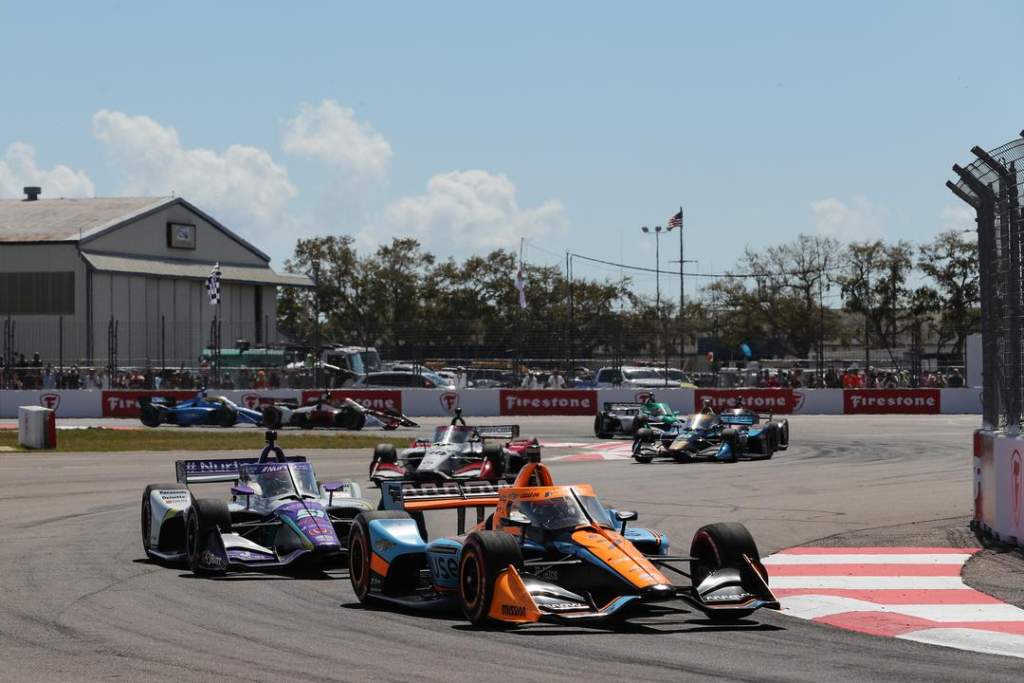There’s no doubt IndyCar has made the correct decision in delaying its hybrid engine until 2024 because if it had waited longer before deciding that and then held off, the manufacturers wouldn’t have had time to prepare the current engines to continue through next season.
That meant a decision out of necessity, taken out of its hands without choice. But the next question it needs to answer is far more complex.
We’re living through unprecedented times. Manufacturers of anything in and out of motorsport are struggling to get certain types of raw materials that might seem innocuous, but are vital to the construction of various parts of a race car.
Where IndyCar is standing alone as a series is, it’s in the rare situation of facing introducing an engine before a new chassis, not both at the same time.
The next chassis – as far as we are currently aware – is slated for somewhere between 2025 and 2026. It was rumoured the chassis could be introduced in stages in a bid to save costs, but now it seems clear the next chassis change will be a full one.
With this new hybrid delay though taking us to 2024, what is the benefit of waiting another year, or two?
It doesn’t make sense for a number of reasons. Firstly, why spend the time and resources retrofitting an engine to the existing chassis only to introduce a new one so soon after? Even the labour cost to switch 26 cars over will be significant to the teams.
In the tests done by the teams using ballast to simulate the weight of the new engine in the current chassis, the drivers have not been impressed by the performance, mainly because the car is too heavy.
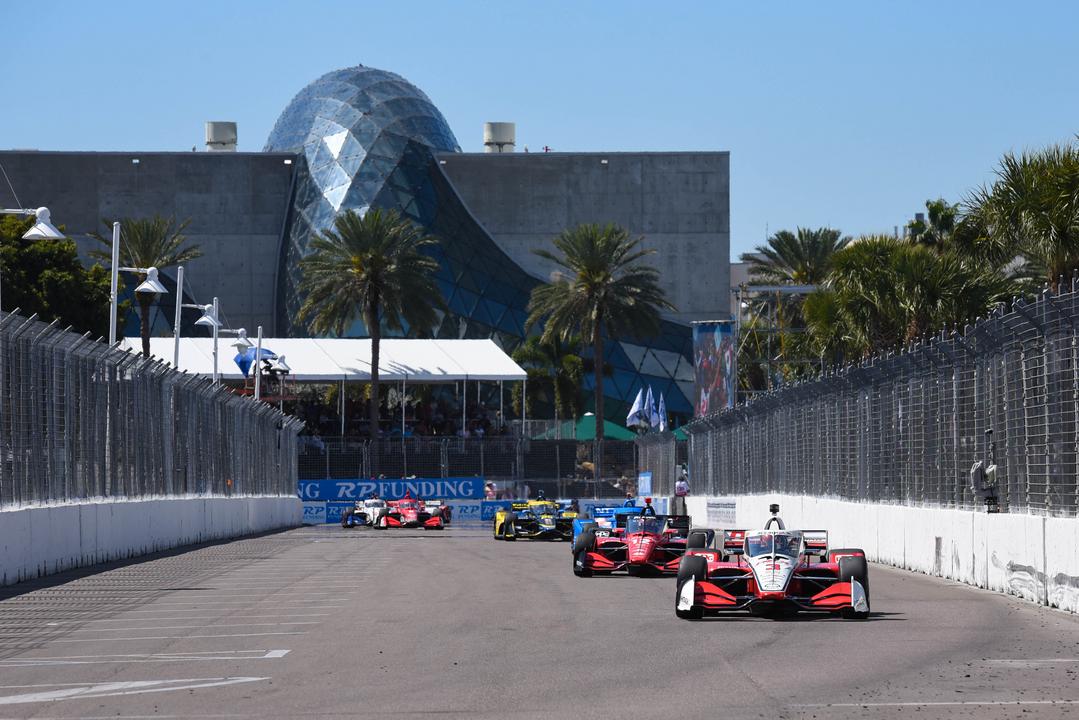
Consider that the DW12 chassis has been reinforced and has had the aeroscreen device fitted to it, it’s already heavier than it was ever designed or tested to be.
It currently weighs around 770kg and could go over 850kg with all the adjustments, but these numbers vary considerably given the specifics aren’t available to us yet.
You could argue that the power to weight ratio will be similar given the extra 100-200bhp the hybrid device should bring. But adding the weight has its own problems for safety reasons and that’s something IndyCar has worked so hard on, especially since this chassis was introduced.
It has to, otherwise, it wouldn’t likely be attracting drivers from Europe, one of which, Romain Grosjean, is now reportedly its most popular driver, in the same quantity.
Another downside to mating the new engine with the old chassis is that, if the power is underwhelming with the added weight, that could affect the quality of the action on track. And I’d argue that is absolutely crucial for IndyCar to maintain.
One of the key reasons for its recent growth is the parity in machinery and the level playing field which has attracted stars from the world over.
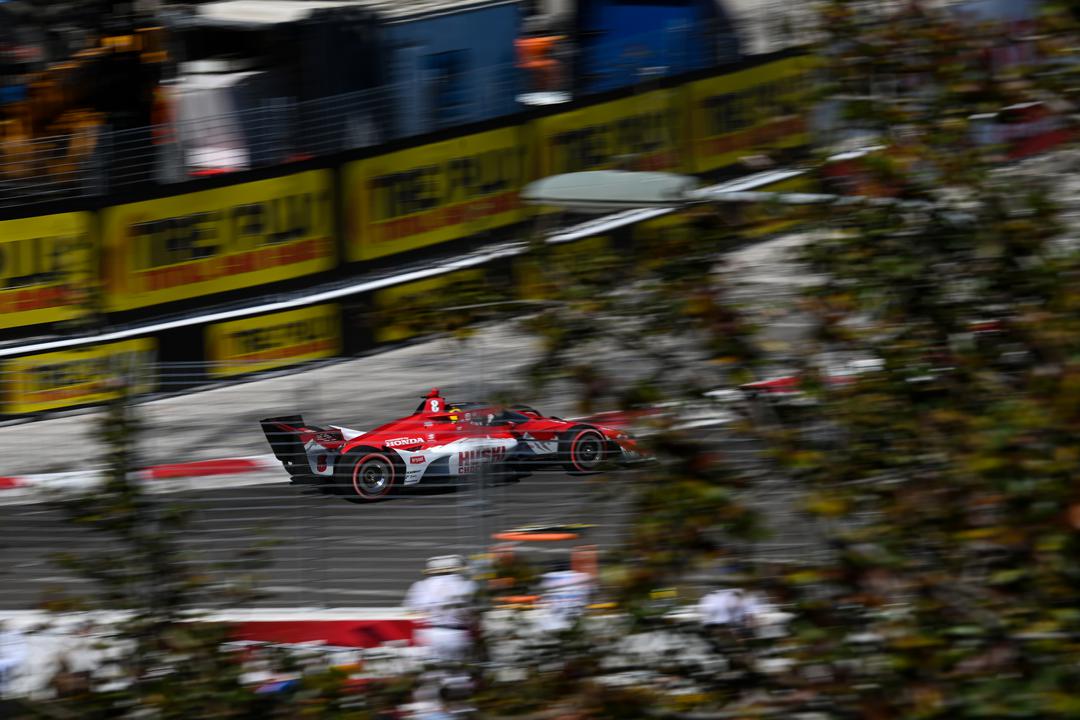
If the new engine in the old chassis proves underwhelming, that’s going to hurt the momentum of the series and that’s something it can’t really afford. And what if the integration into the new chassis proves problematic; the packaging and cooling is difficult or other problems are created? No one wants to see unreliability creep in, especially in a stop-gap solution.
Then there are the tyres and how they cope with the added weight. There’s another uncertainty to factor in.
The one obvious upside to introducing the chassis later on is that there’s a potential for greater cost efficiency.
The difference between a few million dollars may be absorbed by the bigger teams, but for those further down the grid, these decisions are crucial. Giving a team an extra years or two to raise cash for the new chassis might prove crucial.
Again, on the flip side, would it not make sense to introduce the chassis and engine at the same time though? It would be more of a cost outlay at once, but the alternative is putting ‘dead’ money into integrating an engine into a chassis which will be canned in two years or so and could create a less entertaining show.
Is that not wasted money, even if it helps with short-term cash flow?
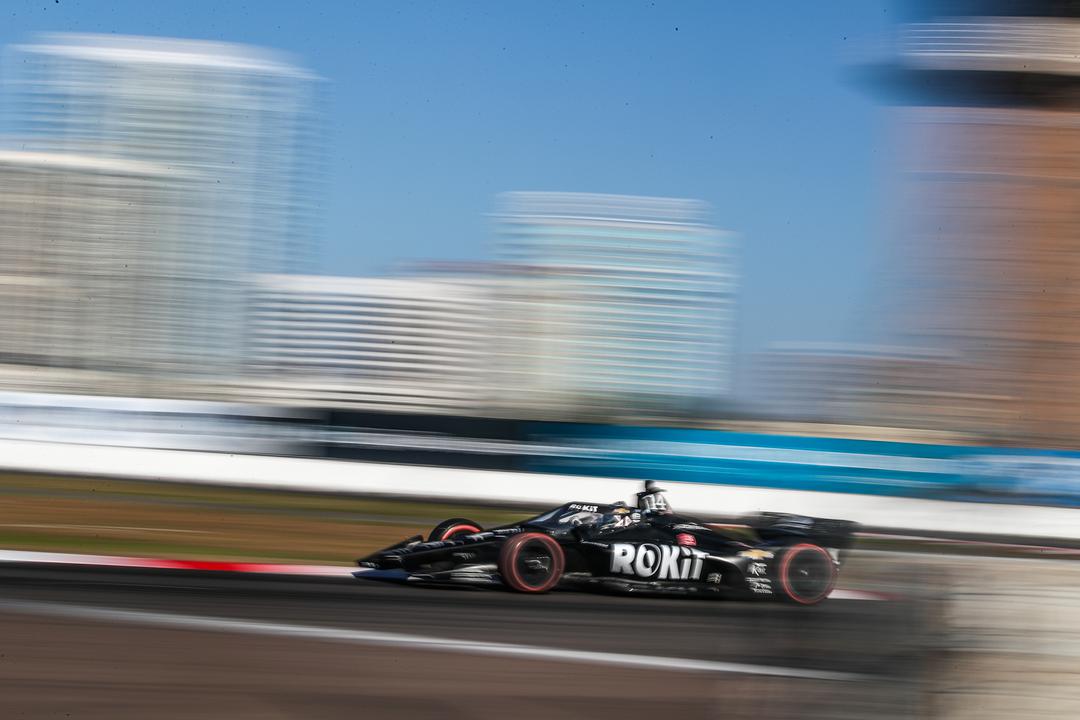
Why not pay the cost now, and have a safer, lighter, more tailor-made solution to the problem?
Unfortunately, any cost discussion comes with the caveat of, the teams The Race has canvased on the subject haven’t been given an exact figure for the various future outlays they’ll have to make.
A new chassis at the same time as the engine might mean that some teams have to run fewer cars or have to miss some events. But surely in the long run the risk is worth the reward even for those teams? Of course, it’s easy to say that from the couch at home, but not if you’re a team owner with staff counting on you for a paycheck.
The delay to introduce the hybrid unit itself may just allow enough time to secure a third engine manufacturer as well, and bringing the chassis forward means they’d be able to compete sooner, as they aren’t going to build and develop a 2.2-litre engine to compete for a year or two.
However, I’m cautious to get too excited about factoring a third manufacturer into this hypothetical question of when to introduce the chassis, because every company that is tenuously linked with joining the series gets fans understandably very excited, then fails to deliver. It’s still just Honda and Chevrolet.
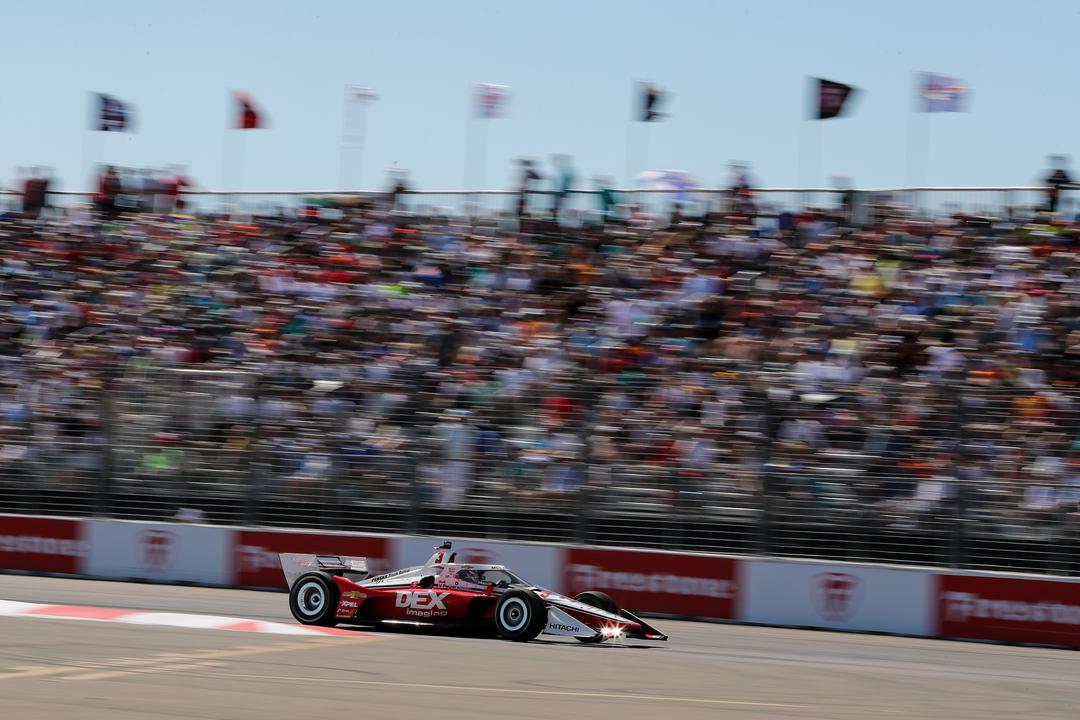
I think there’s a significant amount of fatigue involved with stories on who this non-existent new partner might be on the engine side. Especially as not ruling out joining the series isn’t the same thing as saying you’re going to enter it tomorrow.
I feel sorry for Roger Penske. His company bought IndyCar and the Indianapolis Motor Speedway and then the pandemic hit, costing the latter venue ticket sales in what is the biggest in-person attended sporting event on the planet.
He’s not yet been able to secure a third engine manufacturer despite his extensive links to companies through his car sales network. And now he has to make an impossible decision on whether to risk affecting the momentum of the series in the short term by introducing a product that might not fly, or risk costing his teams millions in the short term by bringing in the new chassis but have a much better product sorted.
I’m not spending the millions so I’d certainly pick the latter option. But for those who are, it creates a passionate debate.
This delay has effectively given IndyCar an extra year, but the decision on whether to enlist Dallara to get building a chassis for 2024 needs to come soon so it is ready.
There are big decisions to be made, and while my decision would be to bring the chassis in at the same time as the engine, there are significant arguments to the contrary – especially for the smaller teams that need the financial help – that make this such a tough call.


